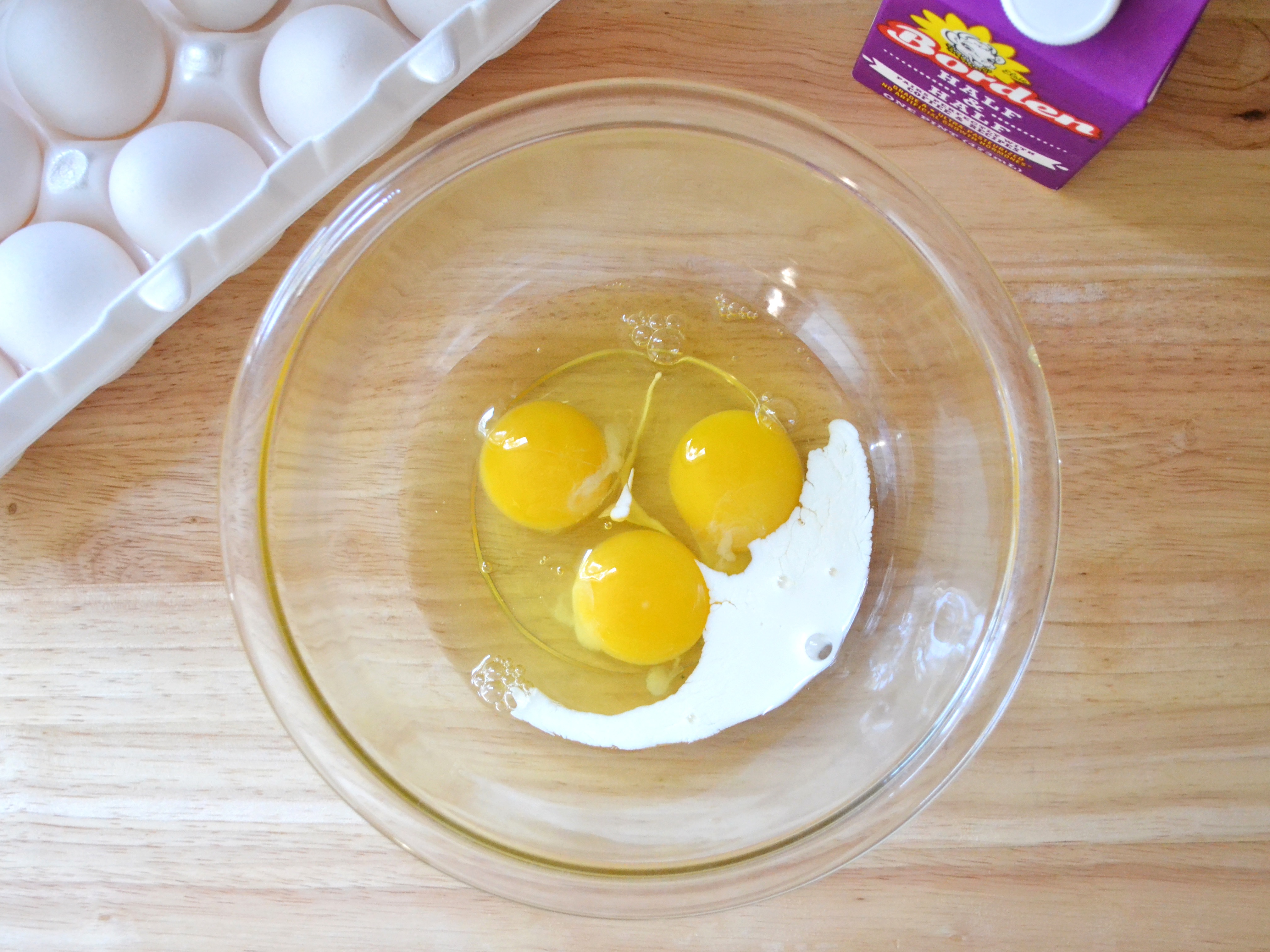
How to Make Scrambled Eggs
Become a breakfast champion by mastering this must-have morning meal.
Low and slow is the name of the game when it comes to scrambled eggs. High heat is the enemy and will create the trademark dry, flakey, and pellet-like texture of overcooked eggs. If you want the soft and creamy scrambled eggs of your dreams, all you need to do is follow these easy steps.
1 Cream

A little cream goes a long way. Adding a splash of half and half will keep the eggs moist and fluffy, and will create an almost custard-like texture. Whole milk will also work, but lower fat milk tends to make eggs watery. Use one tablespoon of cream, half and half, or whole milk for every three eggs being scrambled.
2 Whisk

Whisk the eggs and cream together until the mixture is smooth and consistent. Whisking the eggs incorporates air evenly and distributes the fat, which makes the eggs smooth, creamy, and soft.
3 Heat the Pan & Pour

Melt a pat of butter in a skillet over medium heat. Tilt the skillet to coat the surface in the melted butter, then pour in the eggs. Turn the flame down to medium low and allow the eggs to begin to set.
4 Curd

Stirring or whisking the eggs while they're in the skillet creates small, sad, flakey pieces of cooked egg. Instead, wait for the bottom layer to set, then use a spatula to pull the edges in towards the center, allowing the liquid egg to run back in its place. Continue this action all around the skillet until the eggs are mostly set, but still glossy and moist on the surface. This slow action will create large, moist curds.
5 Add Cheese

Turn the heat off and season the eggs with salt, pepper, cheese, ham, fresh herbs, or whatever add-ins you'd like. The residual heat from the skillet will continue to cook the eggs until they are fully set and melt the cheese. Adding cheese at the end, as opposed to whisking it into the liquid eggs, will prevent the cheese from burning on the surface of the skillet.
6 Enjoy!

The final product is a softly scrambled egg, with large, fluffy curds, and plenty of moisture—everything scrambled eggs are meant to be.
Get all of our how-tos >>
Plus: Get our recipe for Fluffy Scrambled Eggs >>
